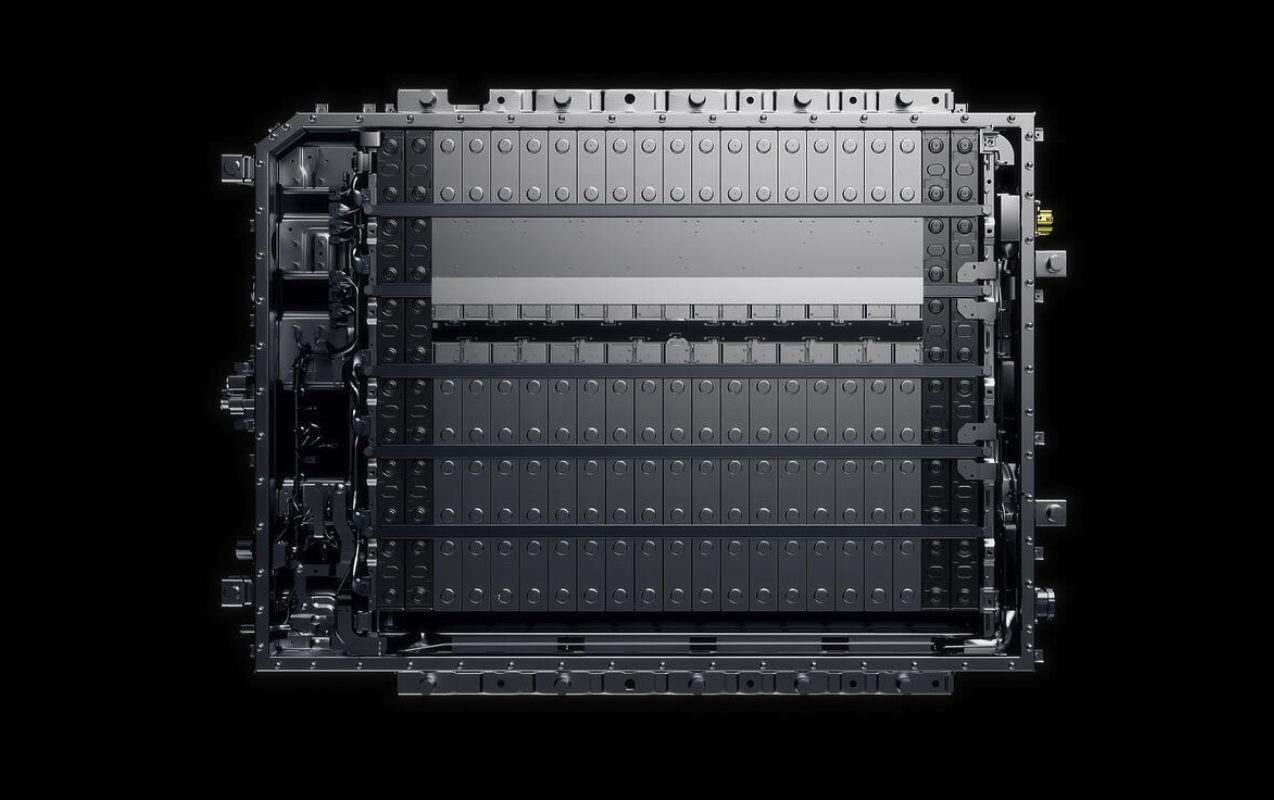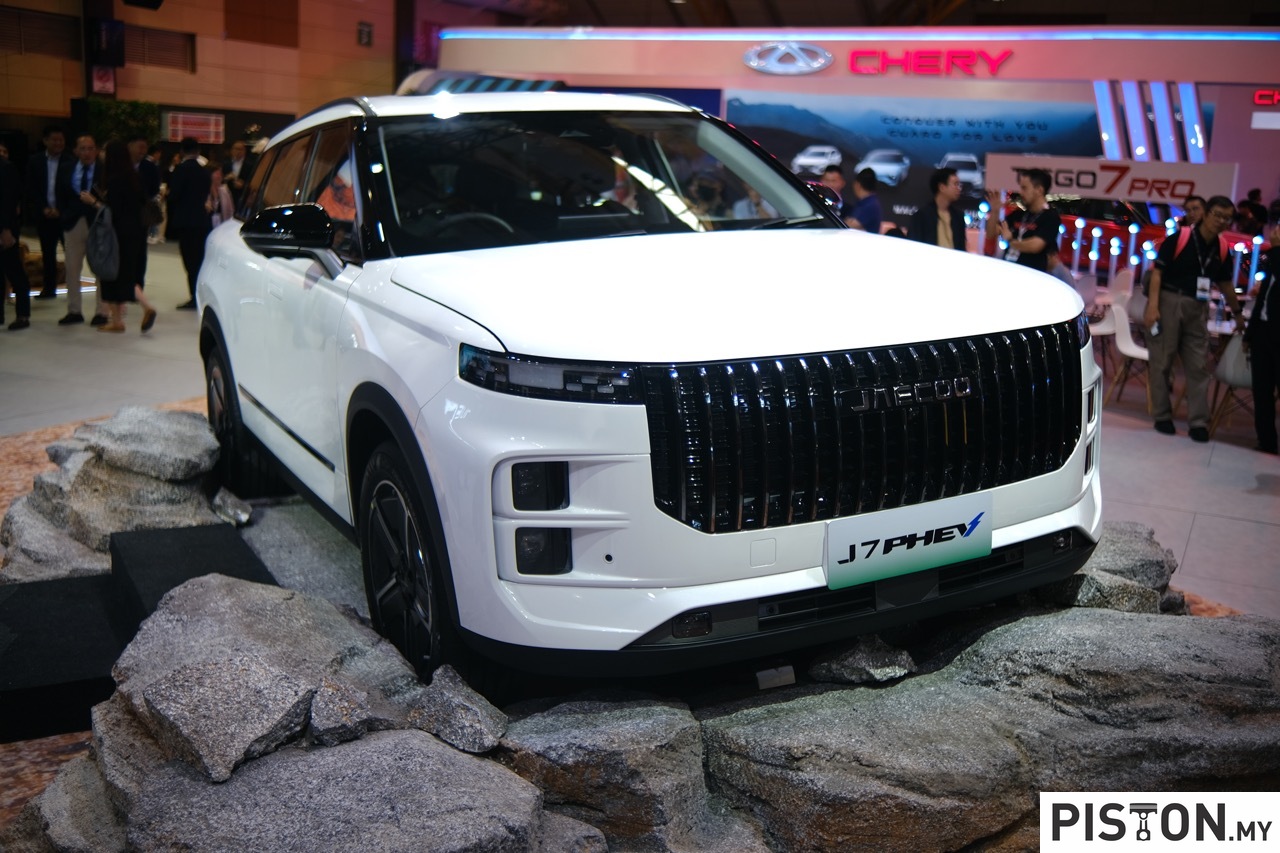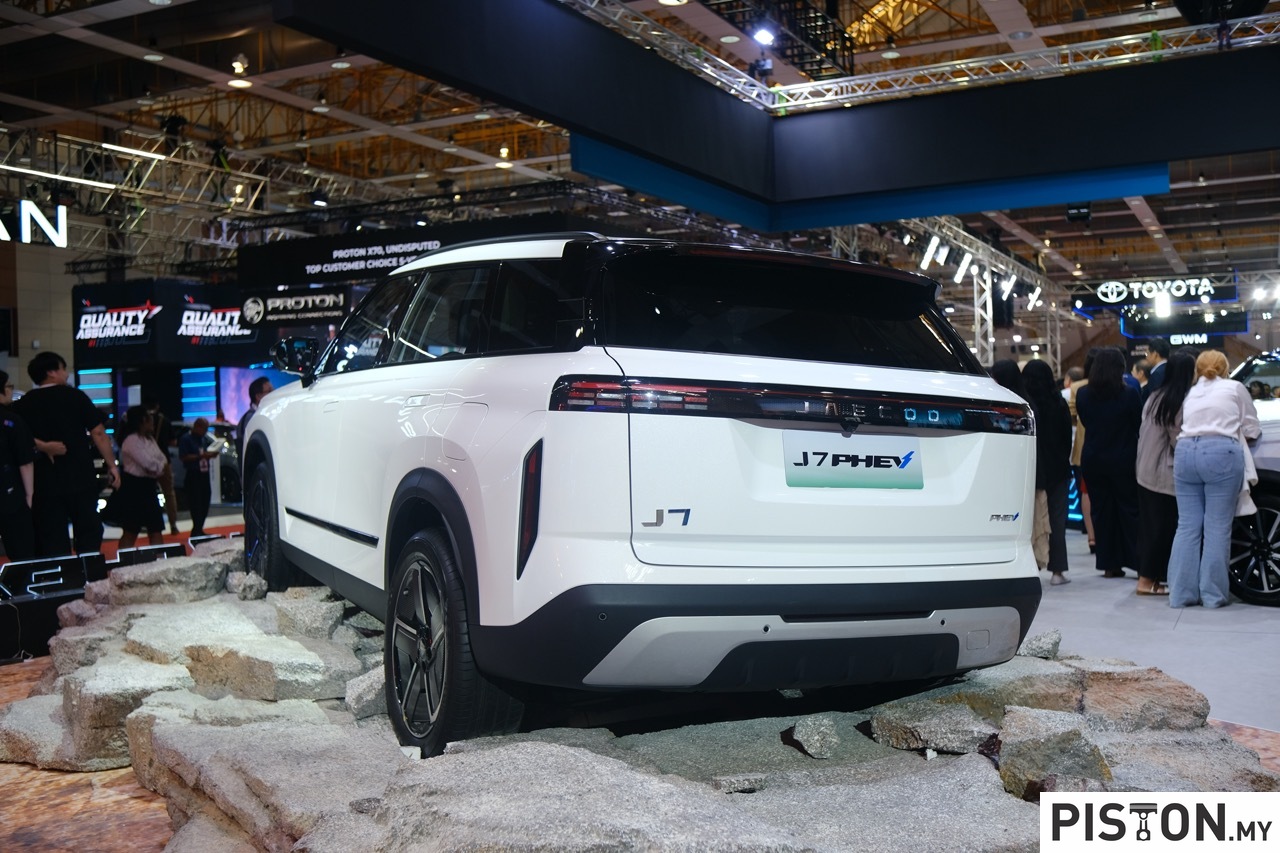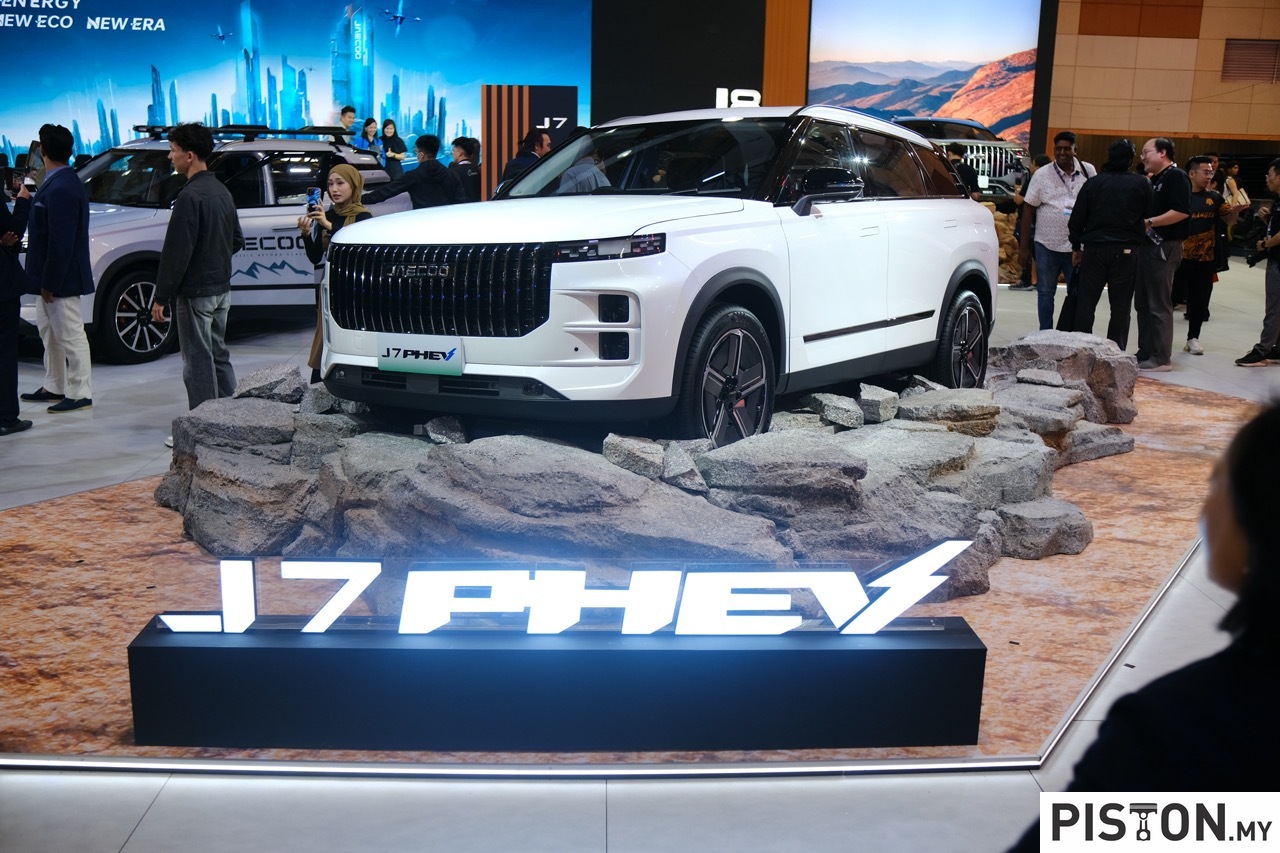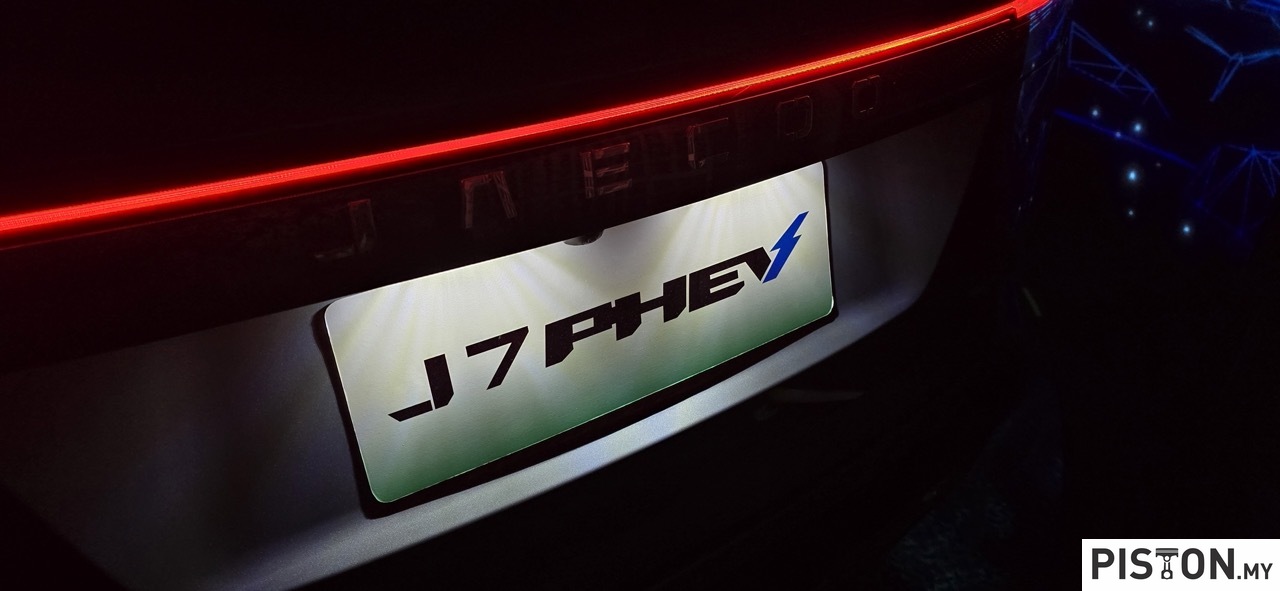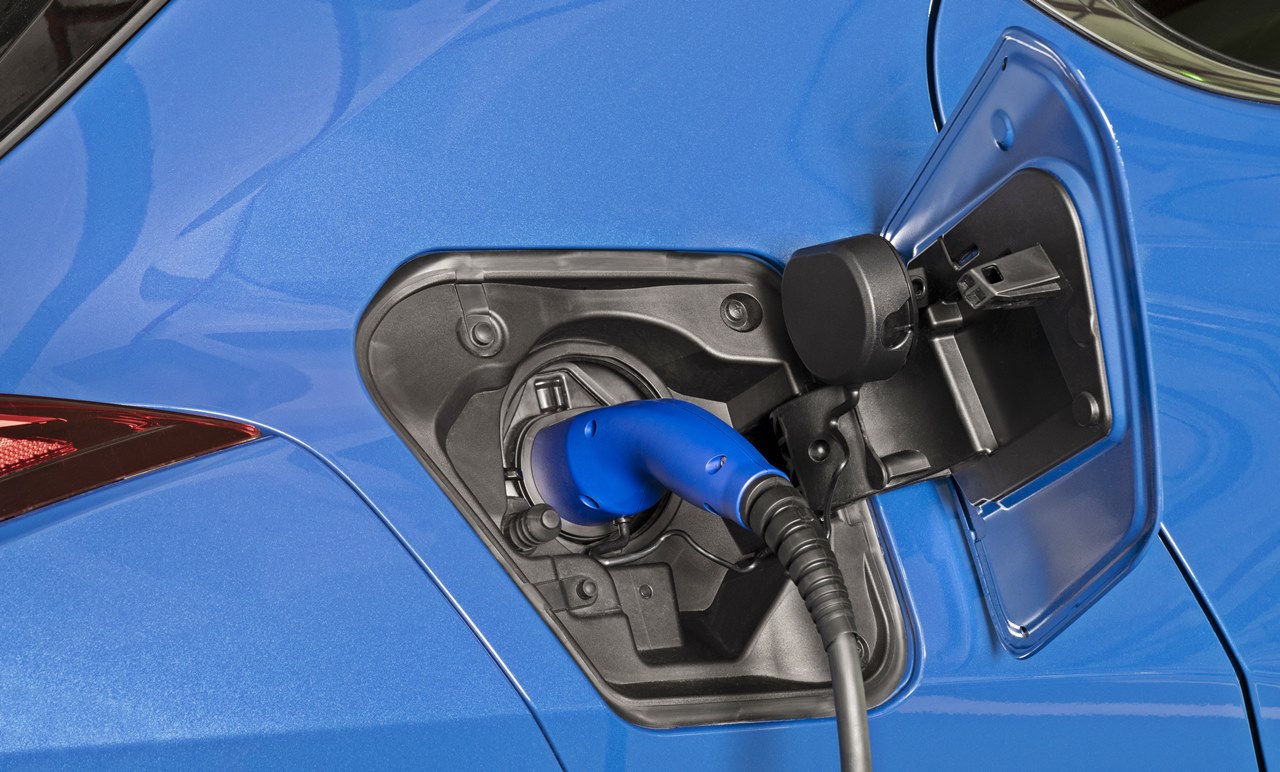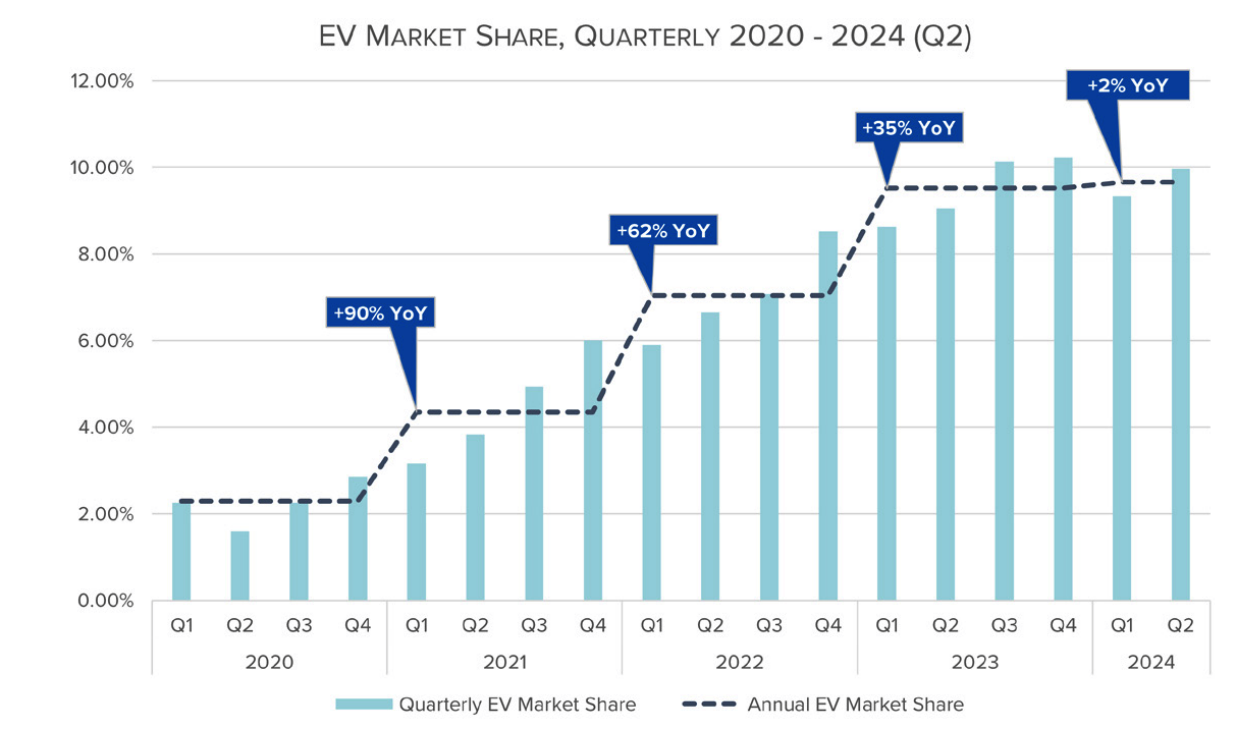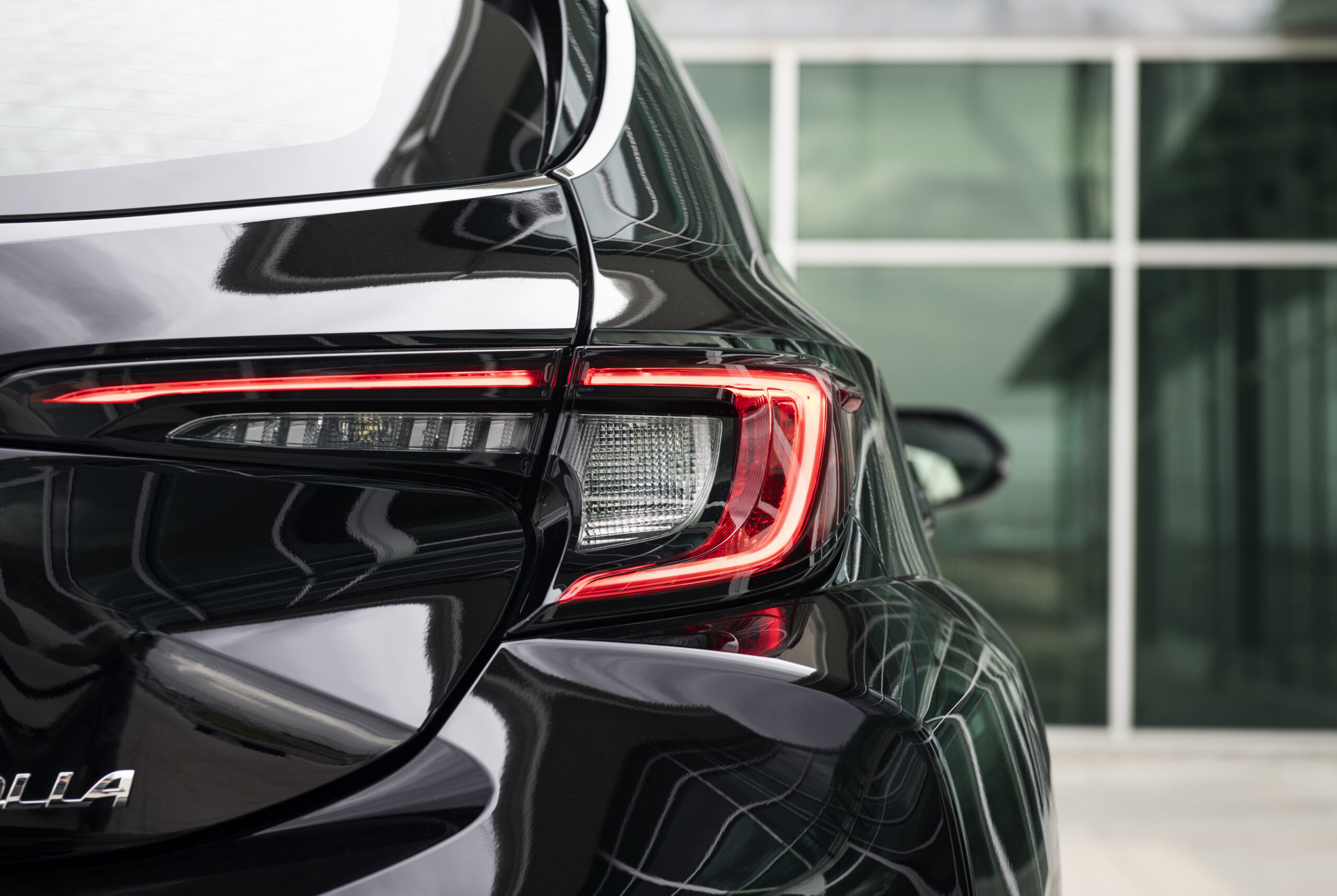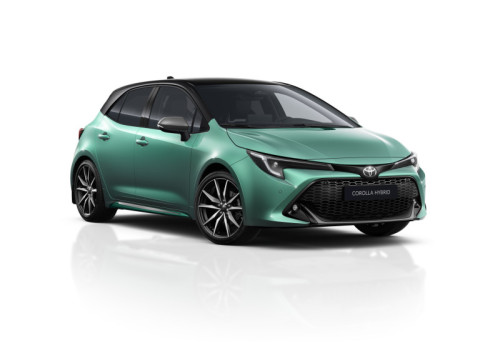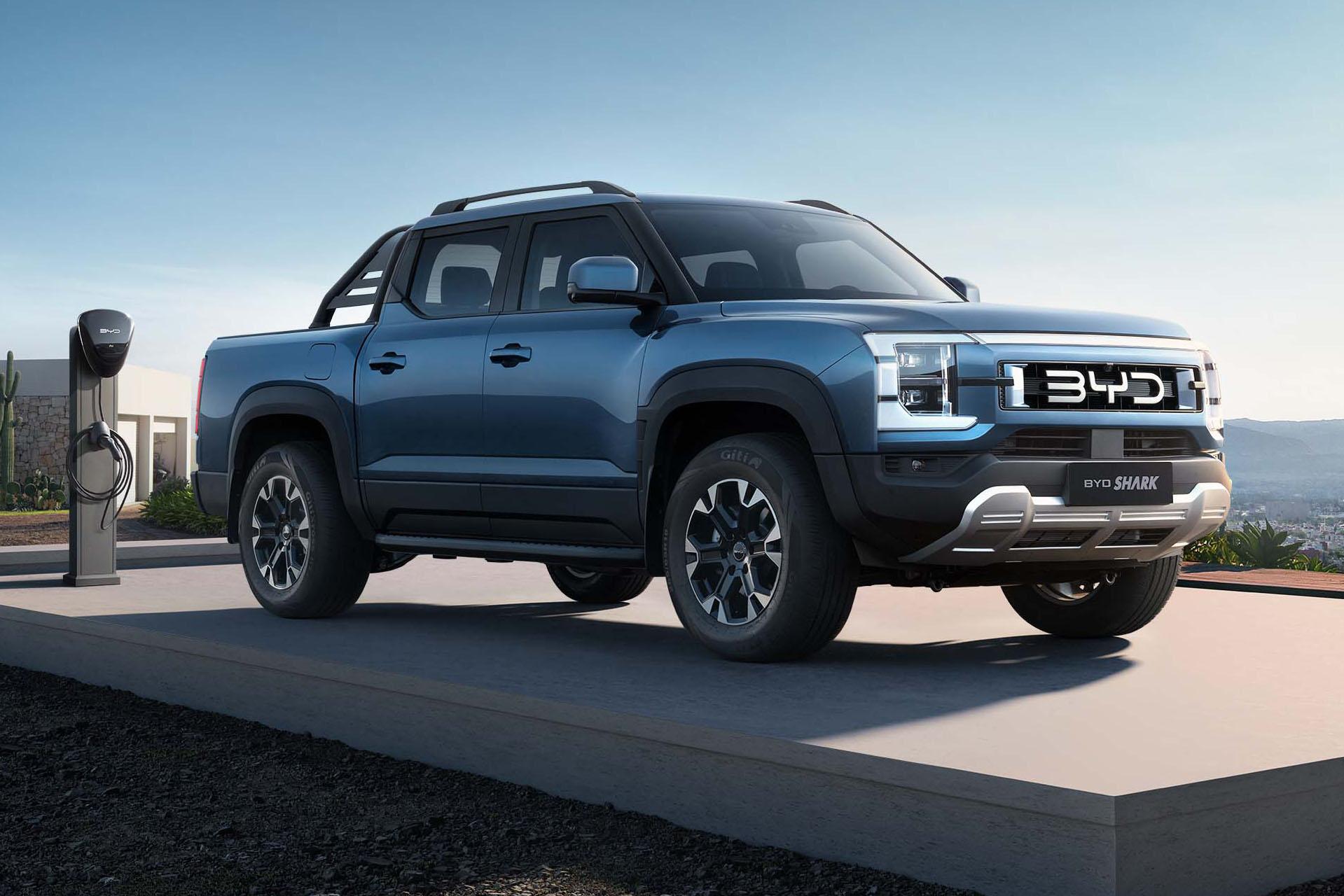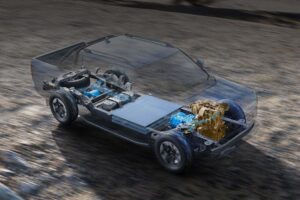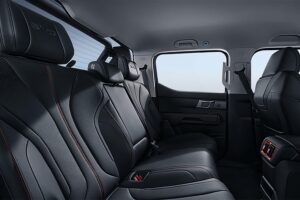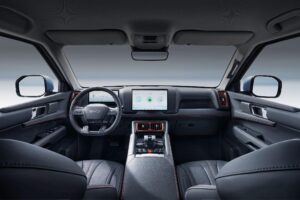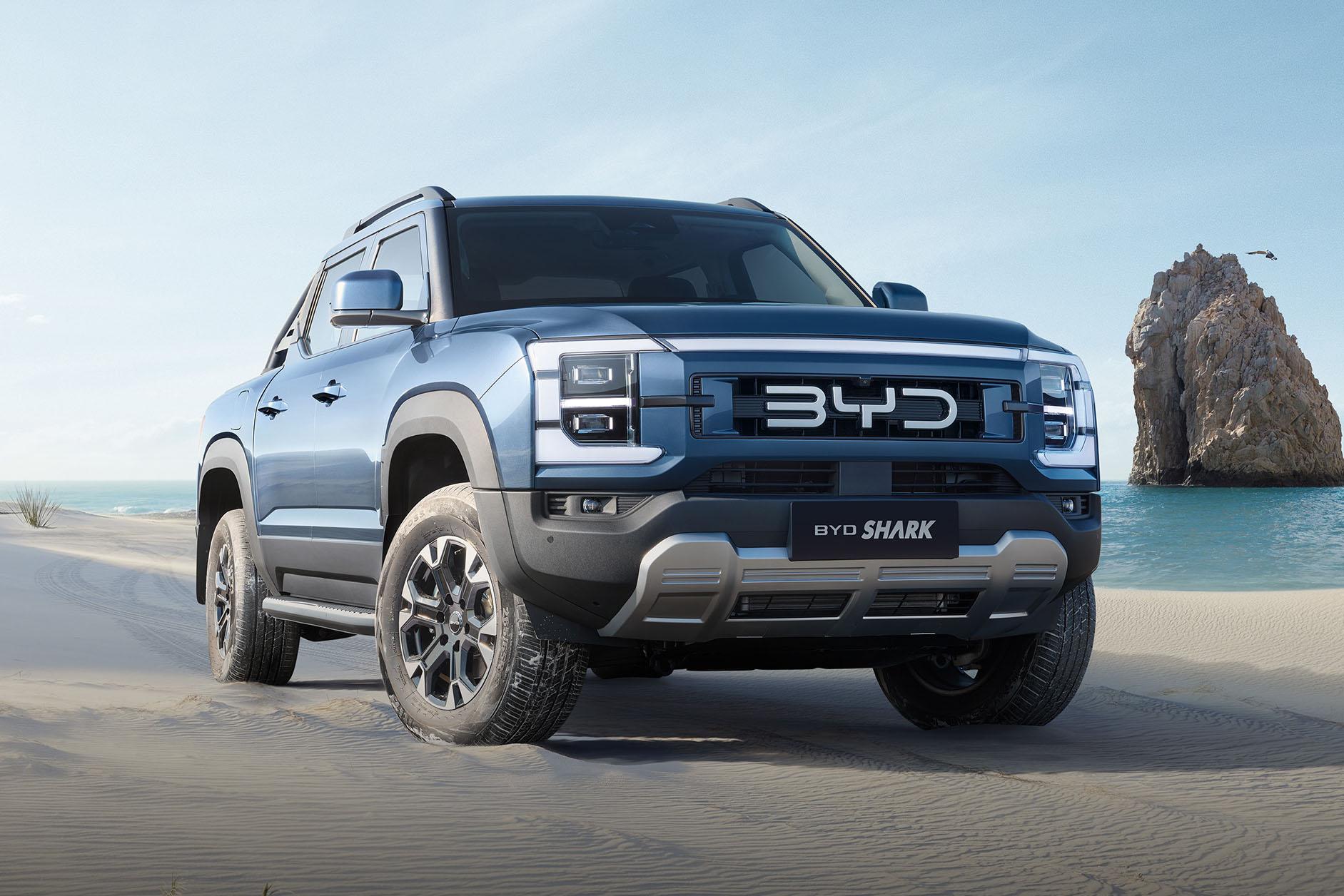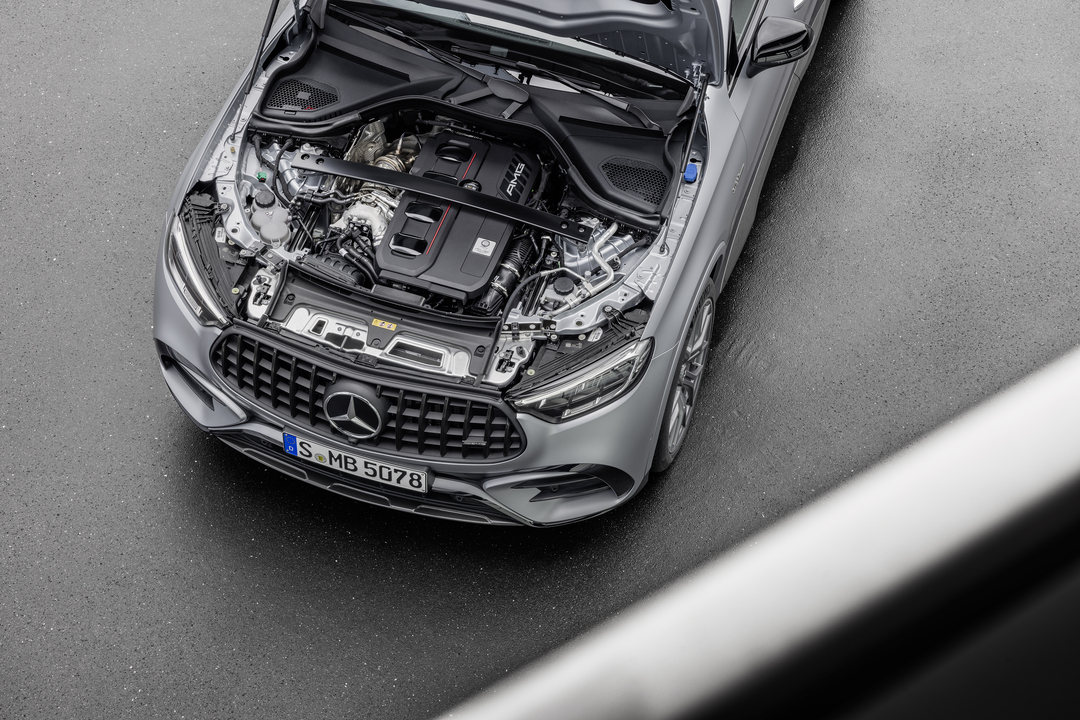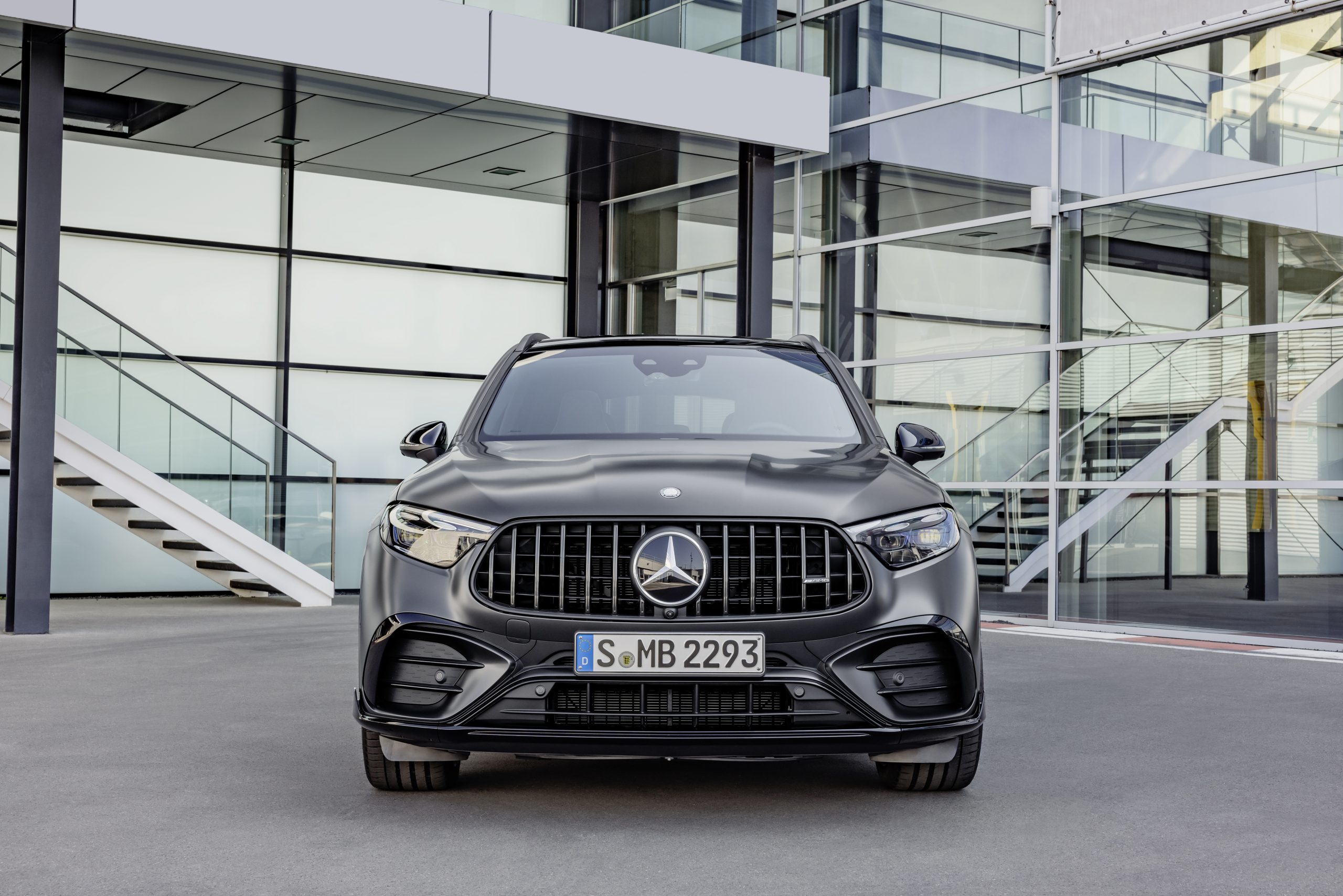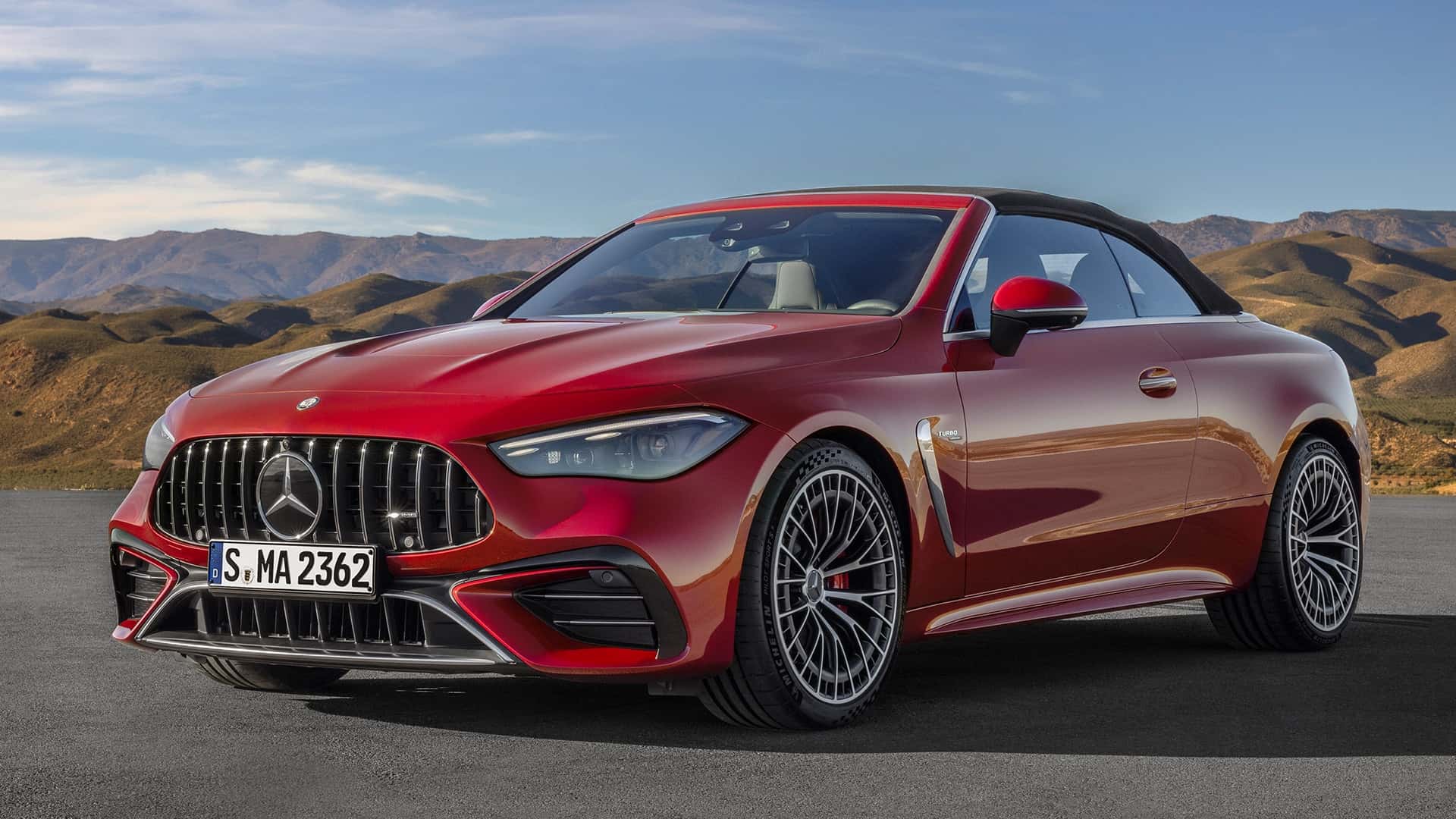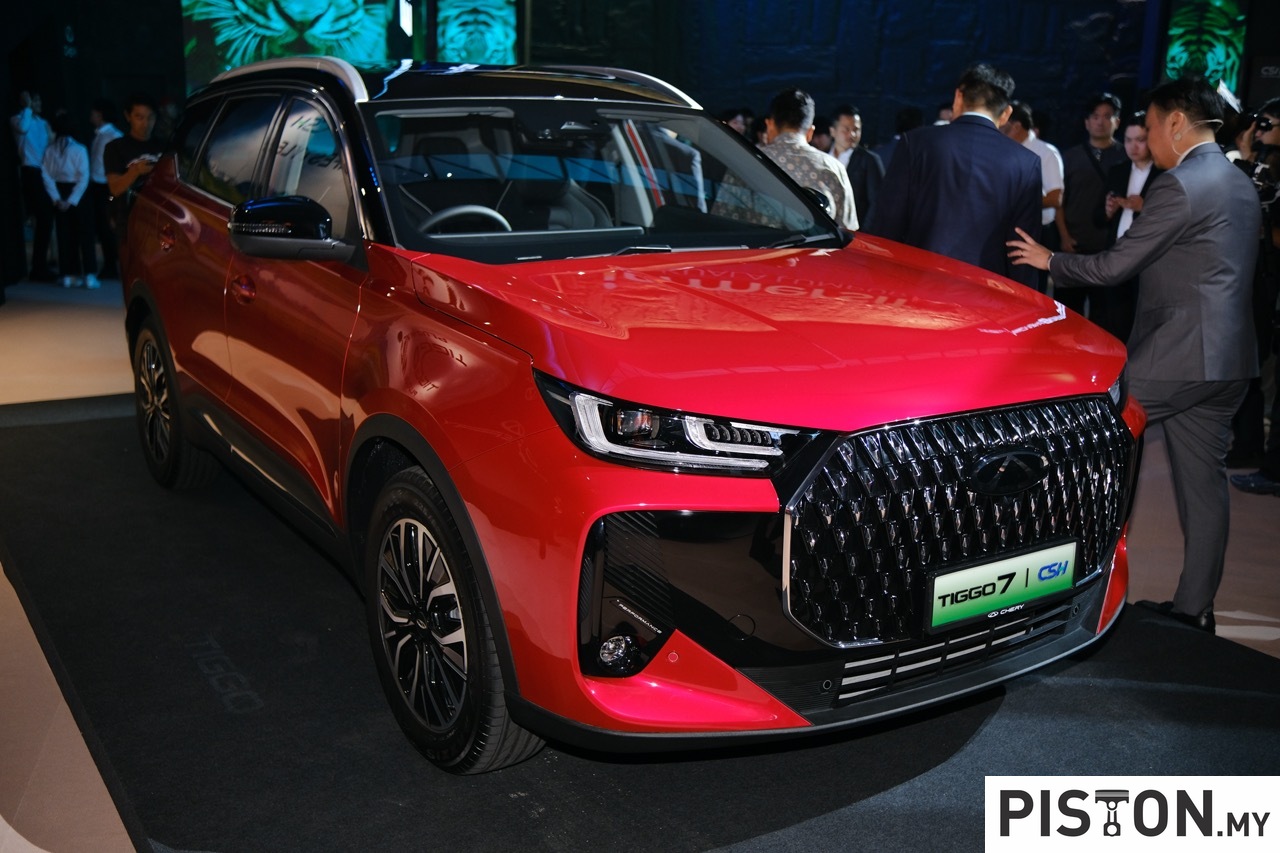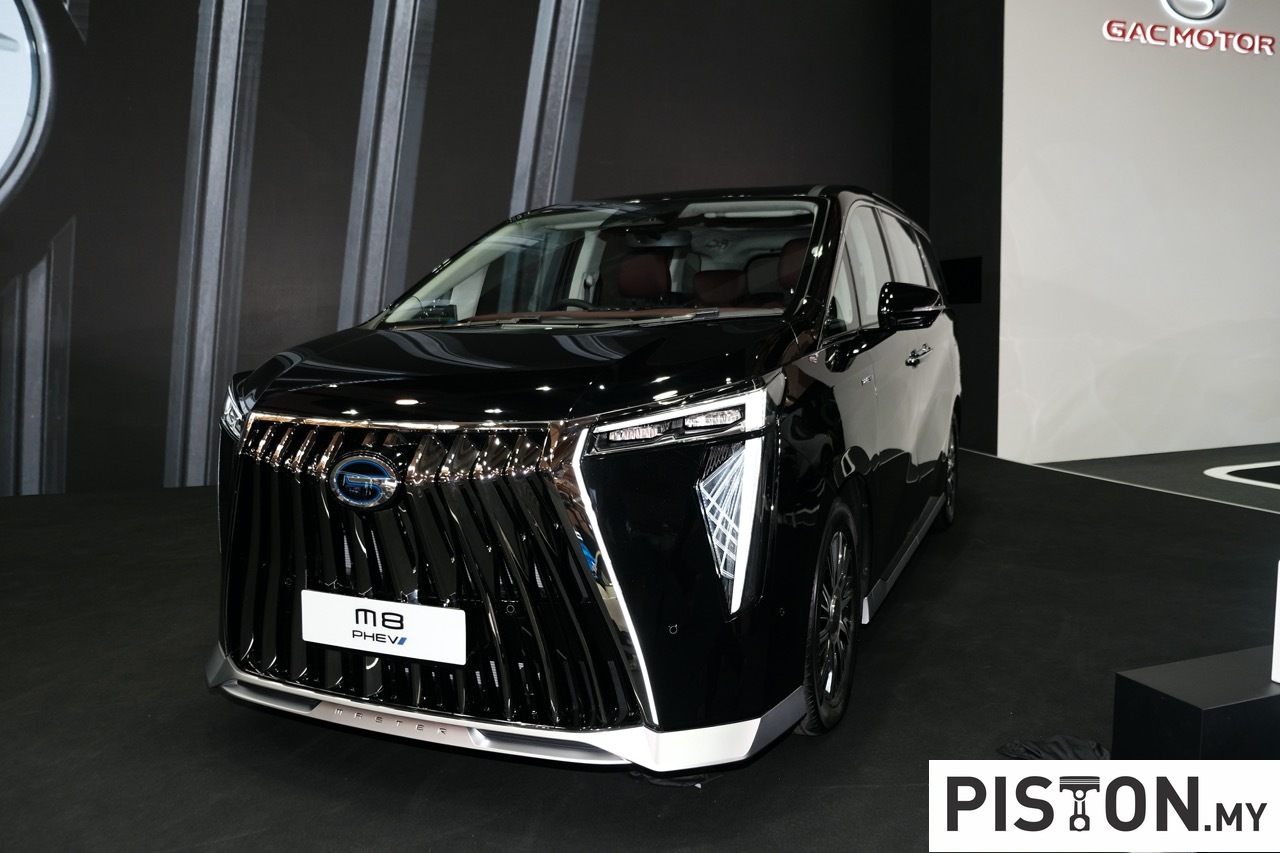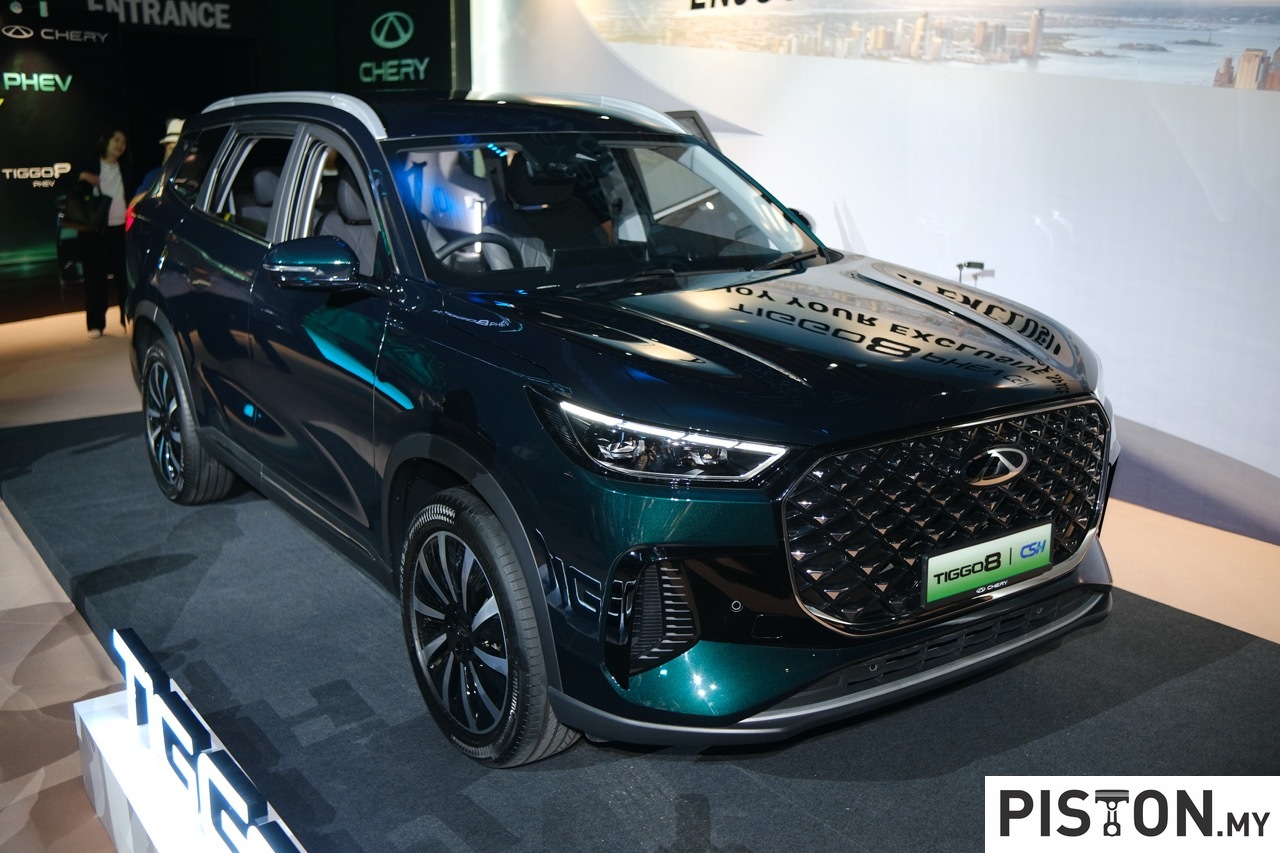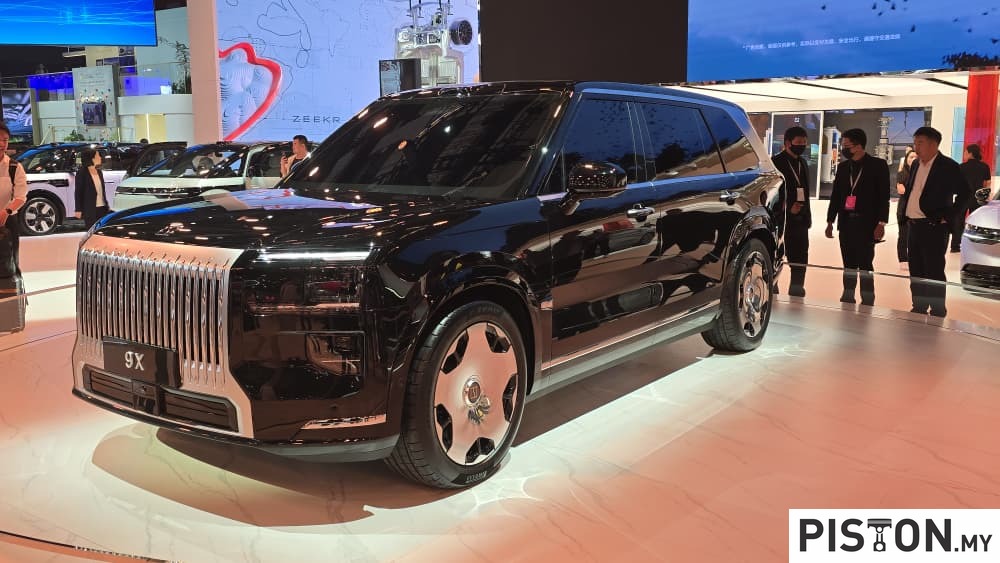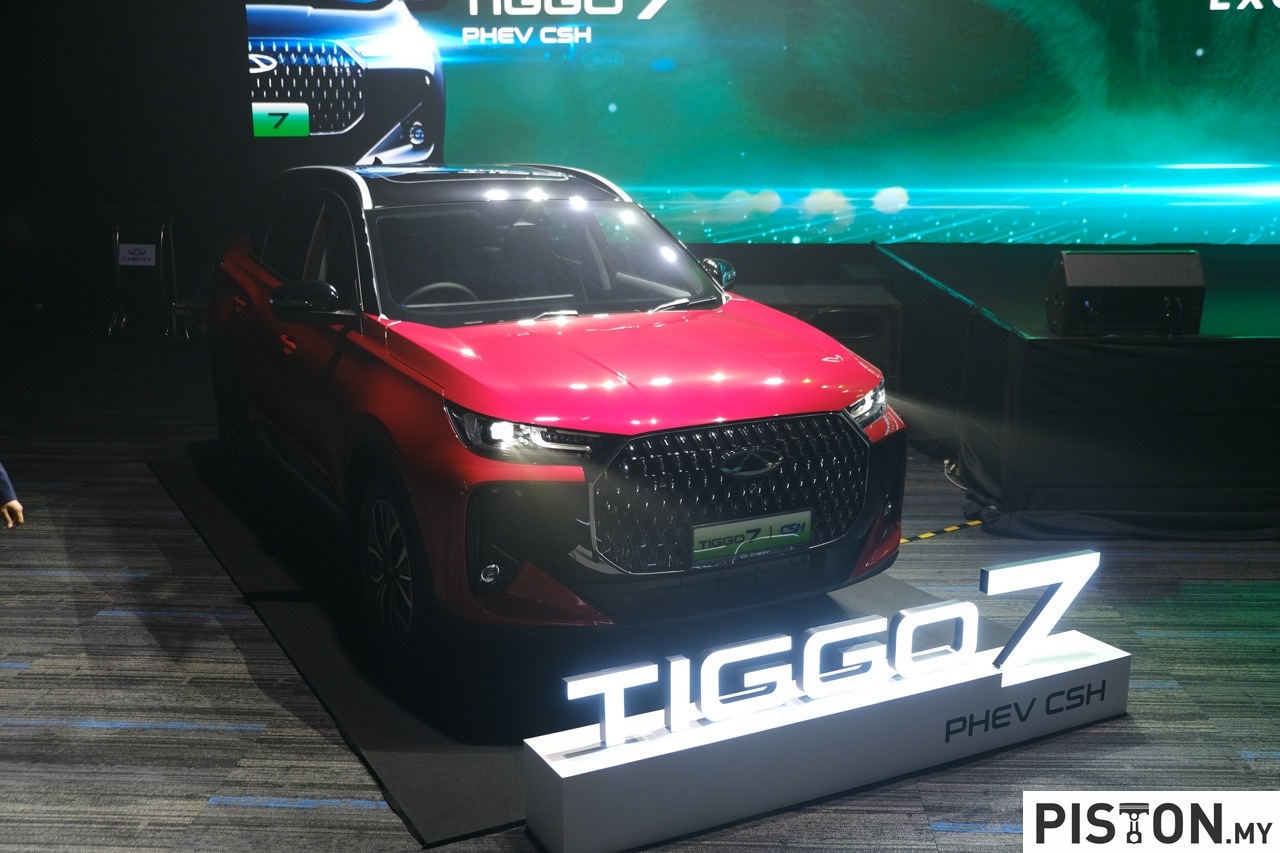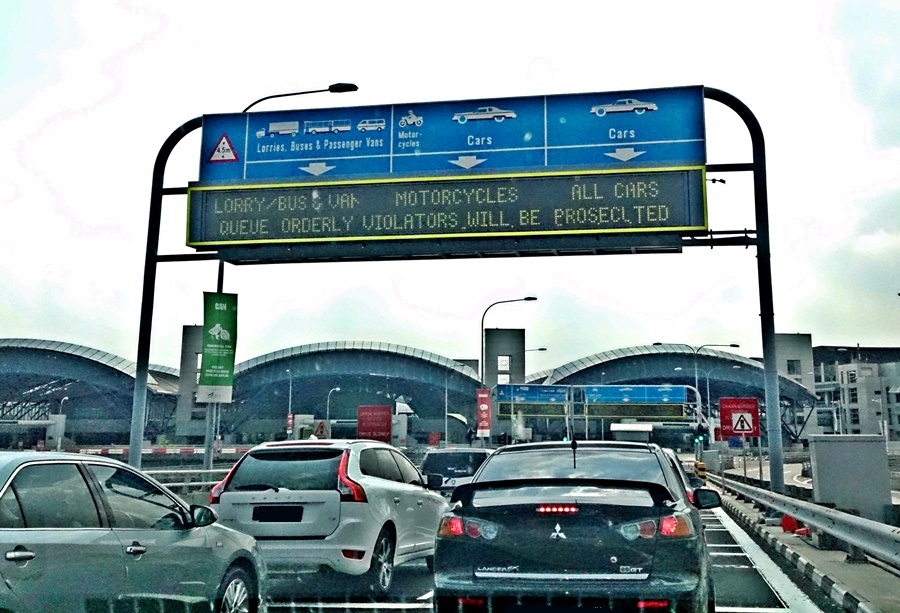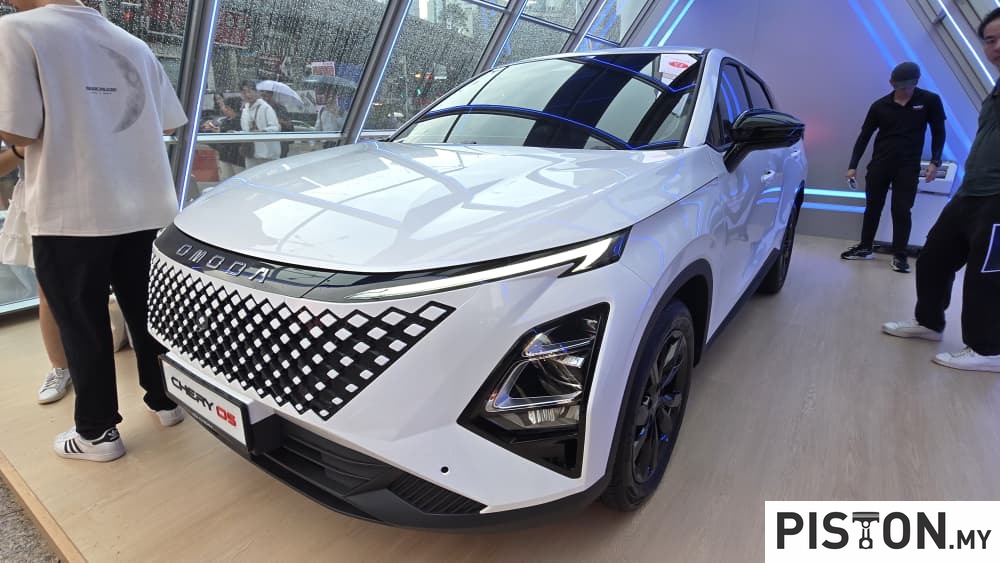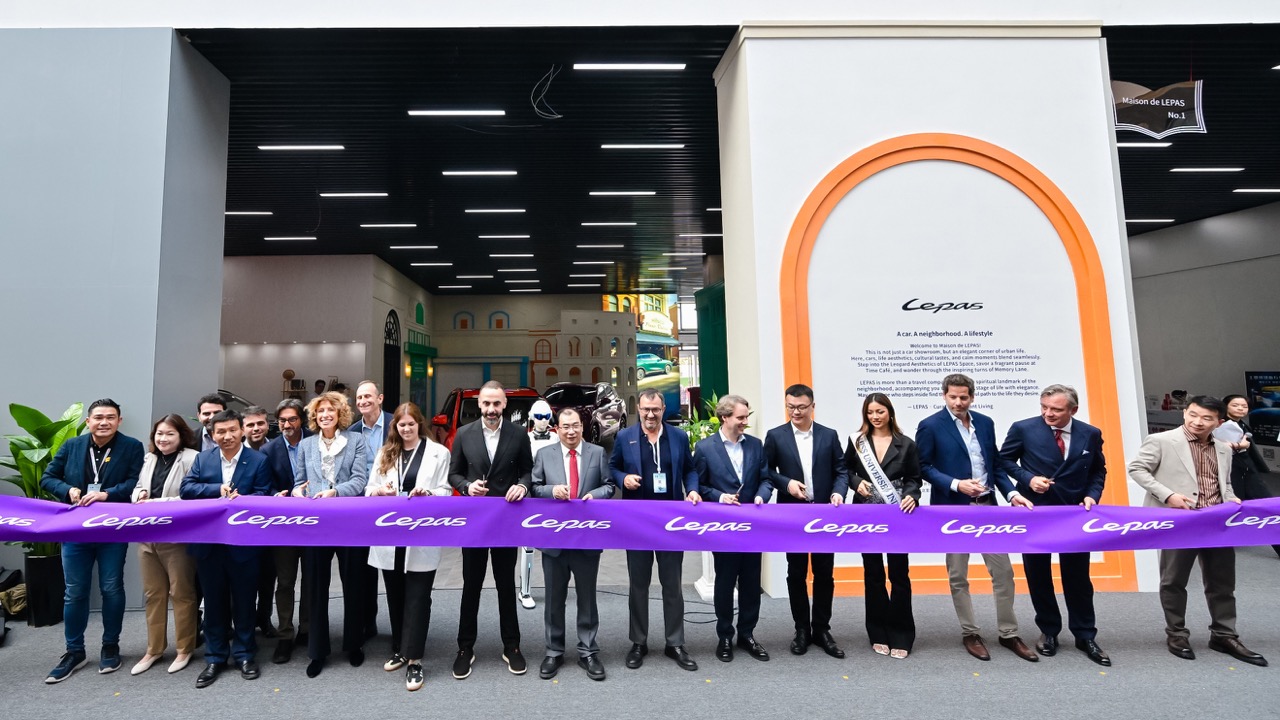The BYD Shark has been officially unveiled, marking its arrival in Australia by the end of this year. This introduction also signifies the debut of the first plug-in hybrid pickup truck in Australian showrooms.
Promising a fuel consumption rate of 7.5 litres per 100km in hybrid mode and an electric driving range of up to 100km, the Shark boasts more power and quicker acceleration with a 0-100km/h acceleration time of 5.7 seconds in hybrid mode.
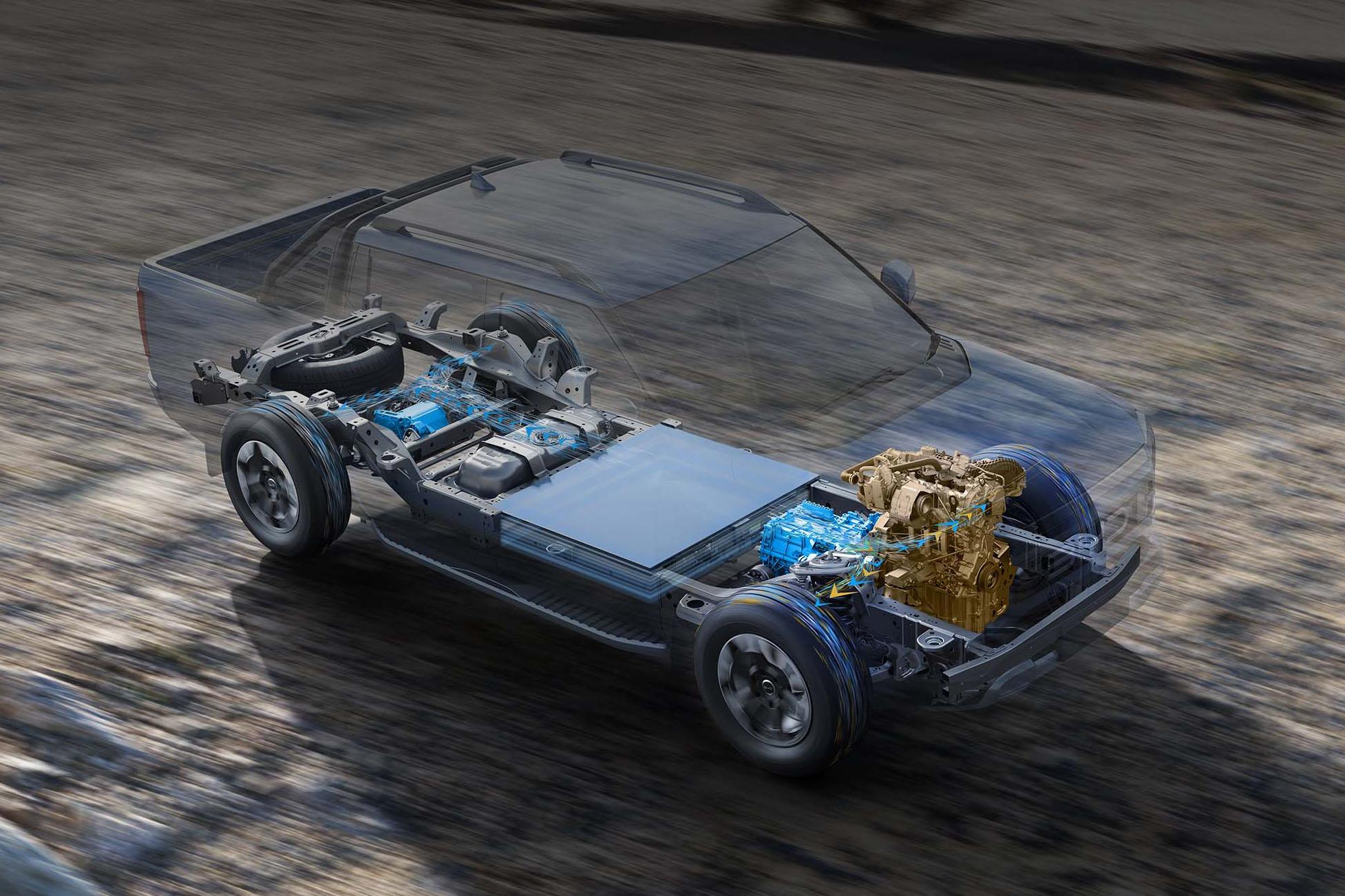
The Shark, larger than a Ford Ranger or Toyota Hilux but smaller than a Ford F-150, utilises ladder-frame underpinnings akin to its counterparts, with a braked towing capacity of 2500kg. Distinguishing itself, it incorporates passenger vehicle-like independent rear suspension alongside independent front suspension, which could enhance off-road performance but potentially reduce performance when laden.
Equipped with a 1.5-litre turbocharged petrol engine and two electric motors, the Shark generates a combined power output of more than 430hp. It boasts a plug-in battery pack that delivers up to 100km of electric driving range or fuel consumption of 7.5L/100km in hybrid mode, offering a total driving range of 840km (NEDC).
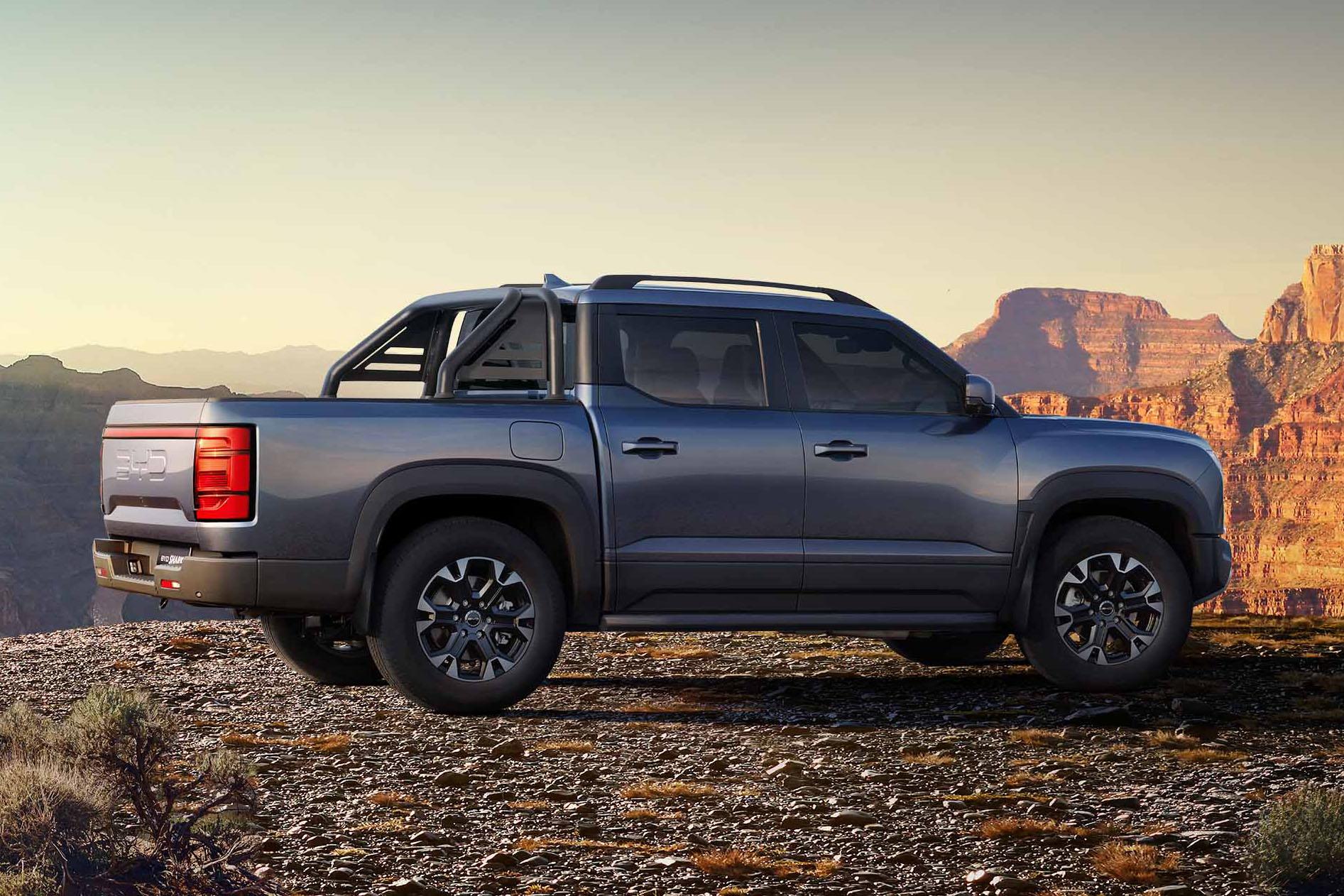
Notably, the Shark features “the world’s first longitudinal electric hybrid system,” driving all four wheels with electric motors, while the petrol engine directly powers the front wheels. The hybrid system prioritises electric motor propulsion for up to 80 per cent of total journeys.
With a claimed recharge time of 20 minutes from 30 to 80 per cent, the battery pack supports vehicle-to-load technology, enabling the Shark to power external electrical devices while camping.
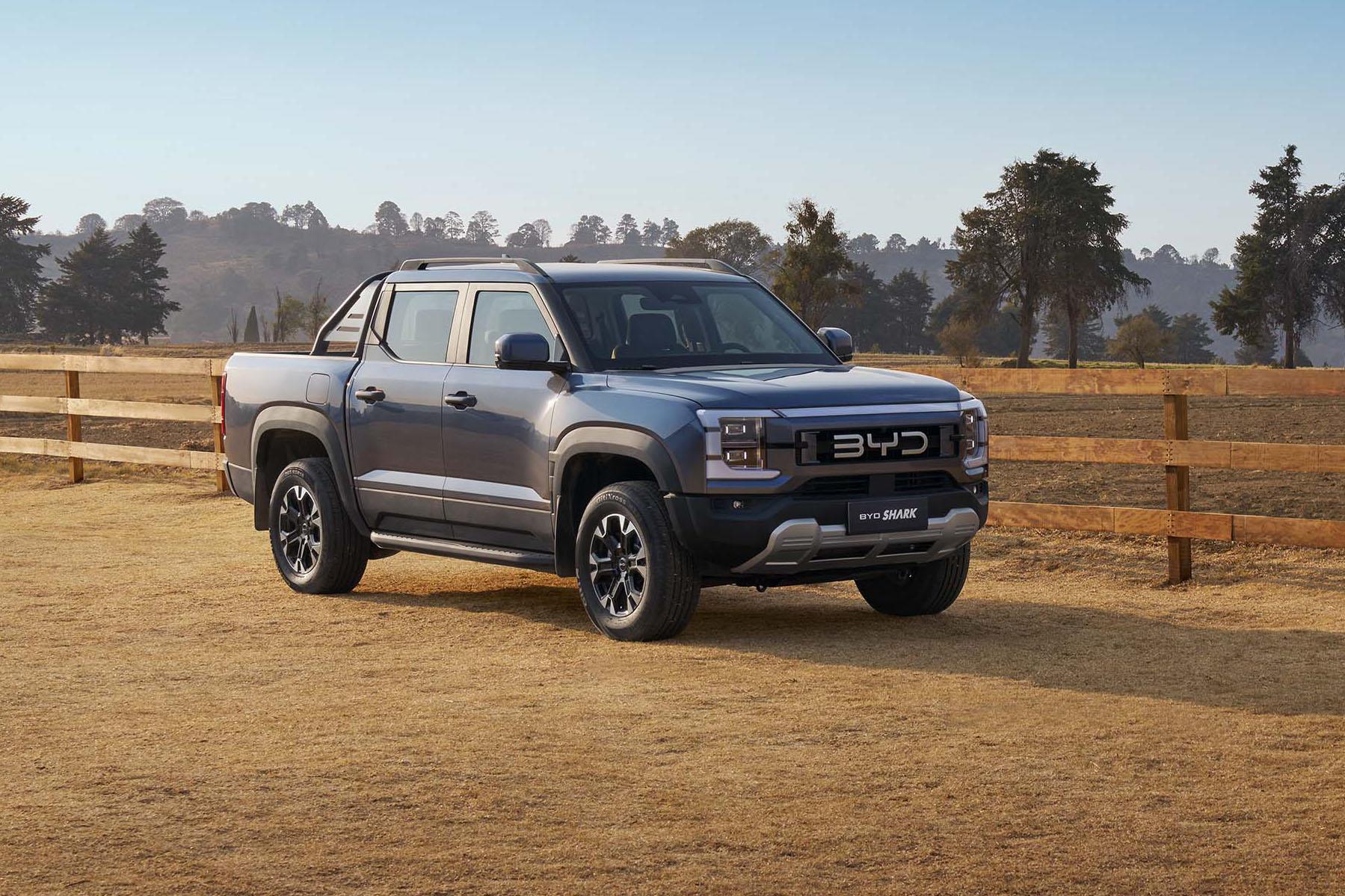
Measuring 5457mm long, 1971mm wide, and 1925mm tall, with a wheelbase of 3260mm, the Shark offers a payload of up to 835kg and a braked towing capacity of 2500kg. Its 1450-litre tray volume and high-strength steel construction underscore its practicality and durability.
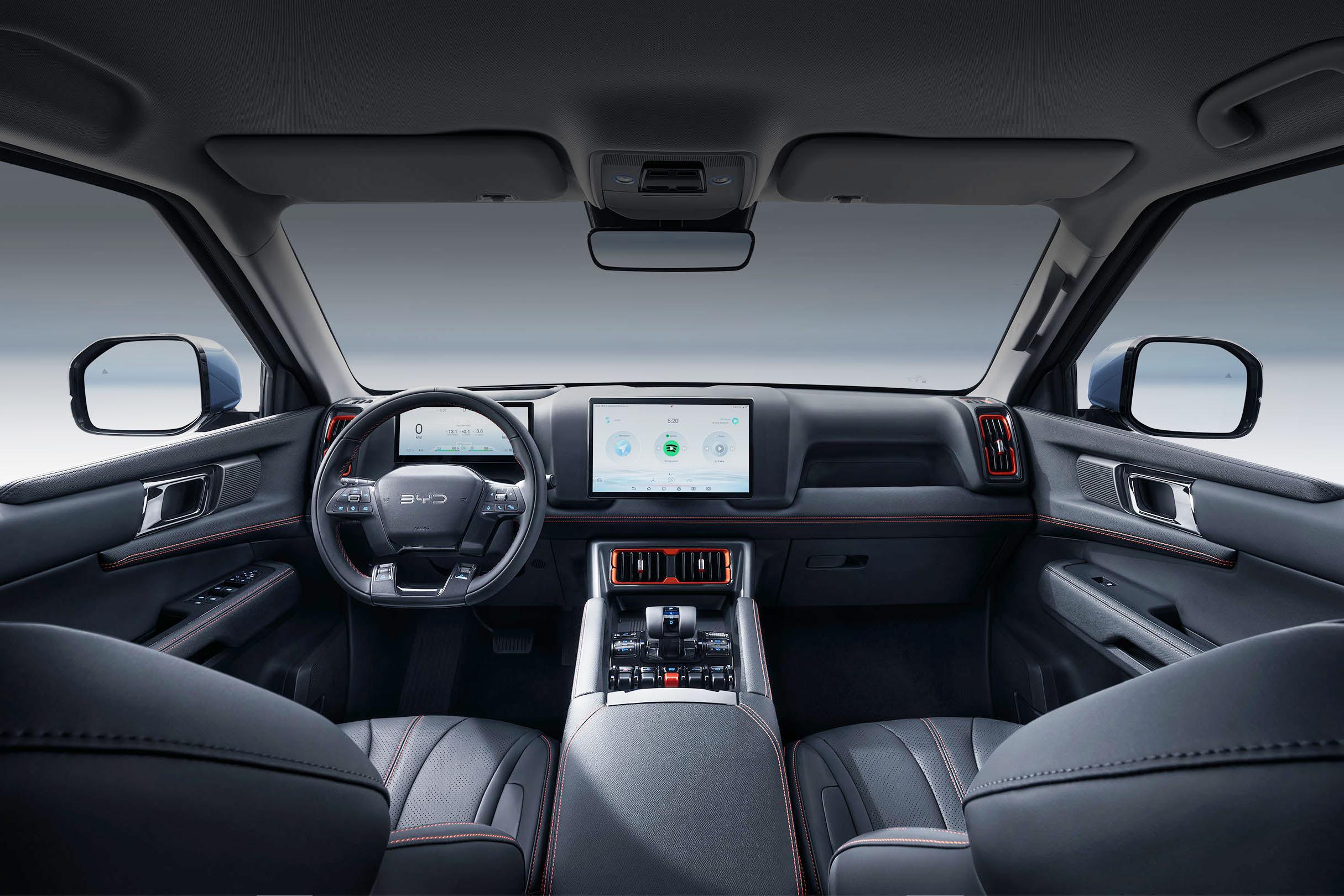
Interior features include a rotating 12.8-inch infotainment touchscreen, Apple CarPlay, Android Auto, satellite navigation, and a 10.25-inch instrument display. Advanced safety features include autonomous emergency braking, lane-keep assist, adaptive cruise control, and blind-spot monitoring.
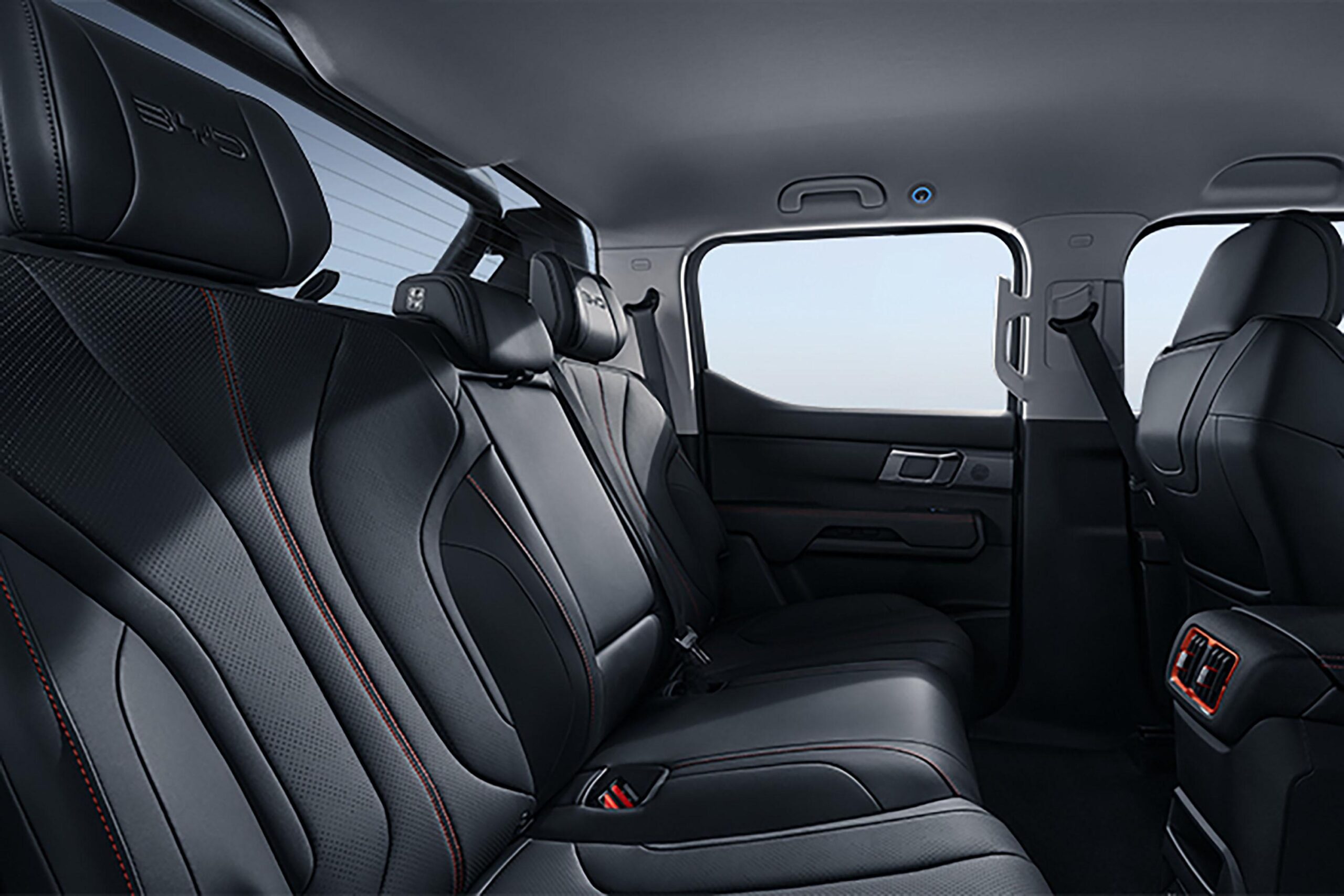
With its advanced technology, robust construction, and comprehensive features, the 2025 BYD Shark ute is poised to make a significant impact in Australian showrooms upon its arrival later this year.

